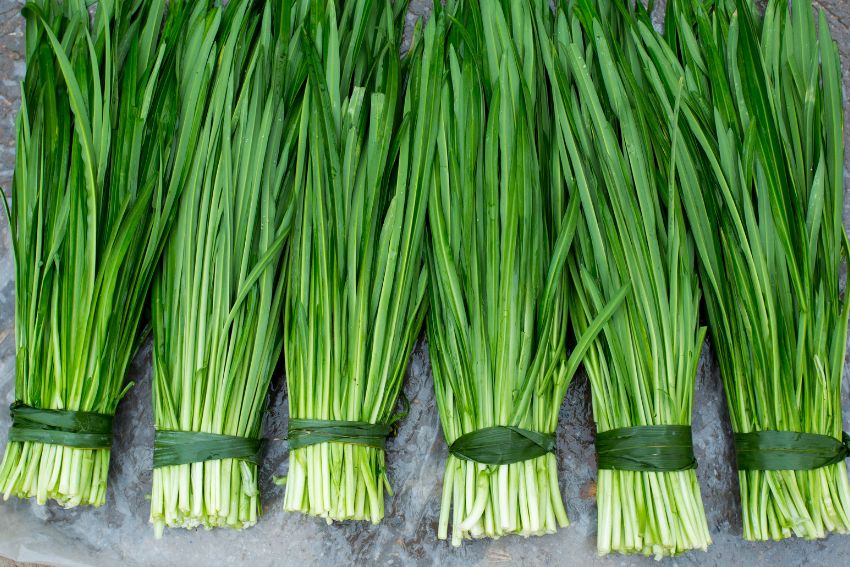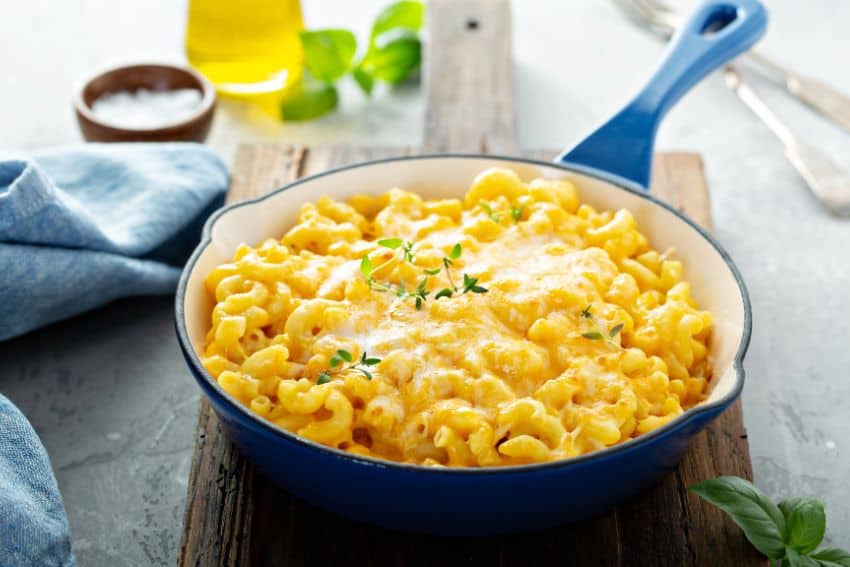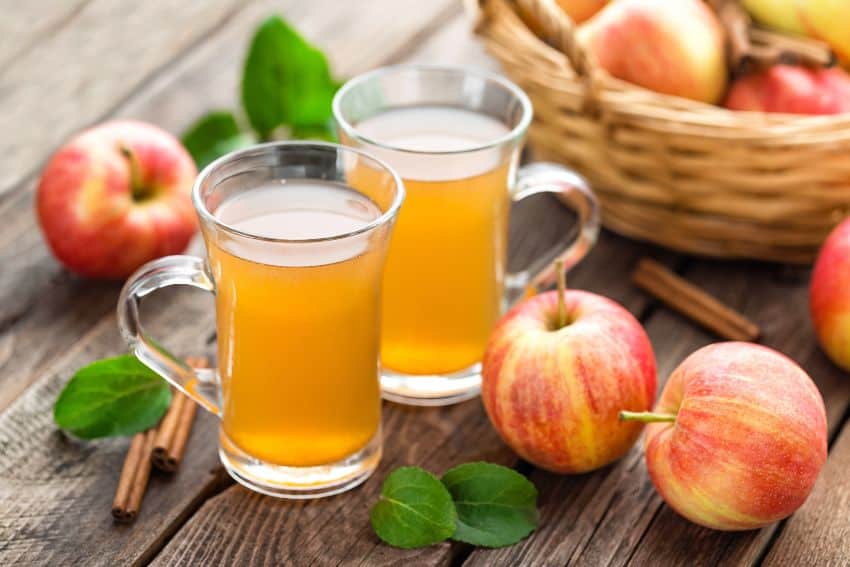Just found a good recipe that includes chives, but there’s none in the kitchen, and you’re too lazy to go to the grocery store and buy some? We’ve got you covered! Before discussing the alternatives, let’s talk about the herb – Chives. These are fresh herbs from the same family as onions (allium). They’re frequently used to garnish soups, and salads, and even to make dips. They lend the dishes a special and unique flavor and mild herby scent.
Outline
Fresh Or Dried Chives?
Both fresh and dried chives are readily available in the market. Both of them even have a pretty crunchy feel. On the other hand, fresh chives have more crunch than dried chives. The dry one crumbles when it is used in a recipe. However, dried chives don’t add as much aroma and flavor to the dish, and there are better substitutes for fresh chives.
In this article, we’ll help you explore the 7 best substitutes for chives in your recipe and how to substitute them! They’re listed below:
7 Best Substitutes For Chives In Your Recipe
1. Parsley
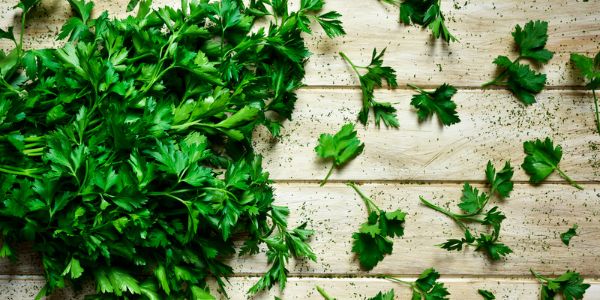
Parsley can be a fantastic substitute for chives and can be used to garnish dishes. It has a mild scent and a sweet and citrusy flavor to the recipe. It should be added once the dish is cooked; otherwise, it becomes mushy.
How to substitute :
It should be used in the same quantity as chives. For instance, if you’re using one tablespoon full of chives, use one tablespoon full of parsley.
2. Scallions
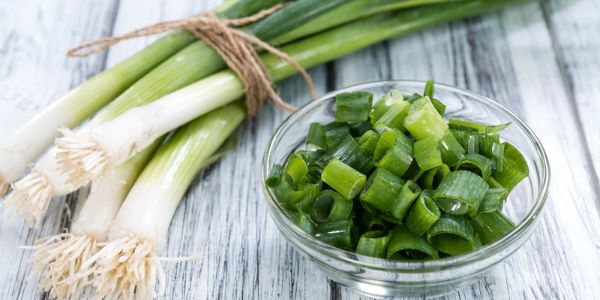
Scallions, or spring onions, can be an excellent substitute for chives. It’s essential to remember that green onions have bulbs and thicker stems, while chives are thinner, have long stalks, and have hardly any bulbs. They are onions in infancy and have three parts, white, green, and dark green. The dark green part tastes just like chives.
How to substitute :
Since they are similar in taste, they can be used in the same proportion as chives. For instance, if you’re using 1 tablespoon full of chives, use 1 tablespoon full of scallions.
3. Wild Garlic
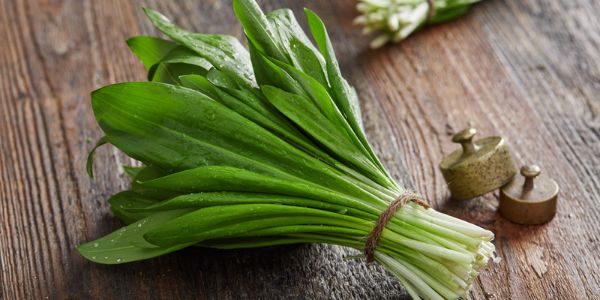
This is known as baerlauch and will give more garlicky flavor than oniony. It can be a great substitute if you’re looking for that. It does look different from chives but tastes similar to chives.
How to substitute:
It should be used in the same proportion as chives; for instance – if you’re using 1 tablespoon full of chives, then chop the garlic and use 1 tablespoon full. It should be finely chopped to be used as a garnish. If you don’t want to give your dish much of the garlicky taste, it’s good to start with a smaller quantity and add more if you think it needs a boost.
4. Chinese Leeks
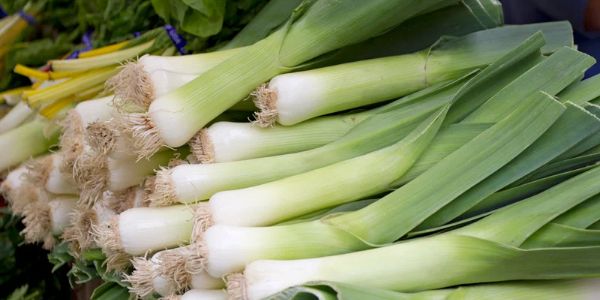
They’re also referred to as Chinese chives. Yes, they’re similar and lend the same flavors to the recipe. They’re great for garnishing as they have thin and long stems and are readily available in the market. Given the name, they enhance the taste of Chinese dishes.
How to substitute:
These should be used in the same proportion as chives because they have the same taste intensity. For instance, using one tablespoon full of chives, use the same amount of Chinese leeks in your recipe.
5. Leeks
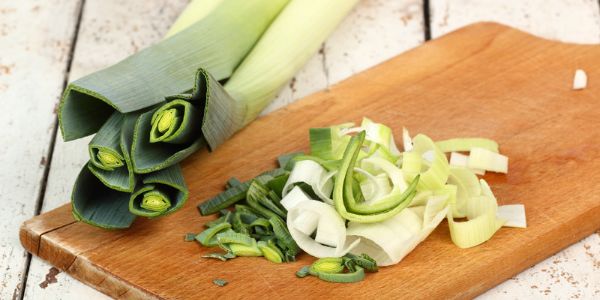
These are a part of the allium family but look different than chives. They have a pepper-like flavor that’s intense and bigger than chives. One pro tip is to keep the leeks in ice water for at least one hour before you use them in your recipe to prevent them from overpowering the dish.
How to substitute:
Leeks should be chopped evenly if the purpose is to garnish. In other recipes, use half the amount of leeks as chives as they have a stronger flavor. It’s always a good idea to start with less and increase it gradually.
6. Onions
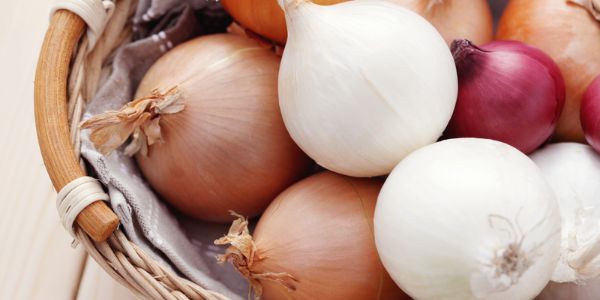
We’re sure you didn’t think of onions as a substitute for chives, but it’s great. It belongs to the same family but is a little strong in taste. They should be added while cooking, which only enhances their flavor. Also, using fresh onions is always better than using onion powder.
How to substitute :
Because of their strong taste and smell, onions should be used in smaller quantities.
7. Shallots
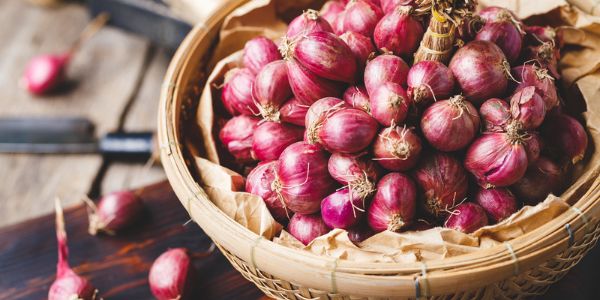
These look nothing like chives and are known as Thai red onions. Surprisingly, they’re a great alternative for chives owing to their sweet and pepper-like flavor.
How to substitute:
Shallots should be used in smaller quantities than chives; otherwise, they might be overpowering, and you’ll ruin the dish. These can be used to garnish as well as while cooking.
Pro Tip: The ideal time to add a substitute with a very delicate flavor is toward the end of cooking. This ensures that the sub doesn’t lose flavor from being cooked in the heat excessively, preserving its ability to add characteristic flavor to your dish.
It’s annoying when you want to start cooking but don’t have the ingredients, and that’s why it’s important to look out for equally delicious substitutes. After reading this, you know the 7 best substitutes for chives in your recipe that will be readily available in your kitchen! So get together your ingredients and start cooking.

